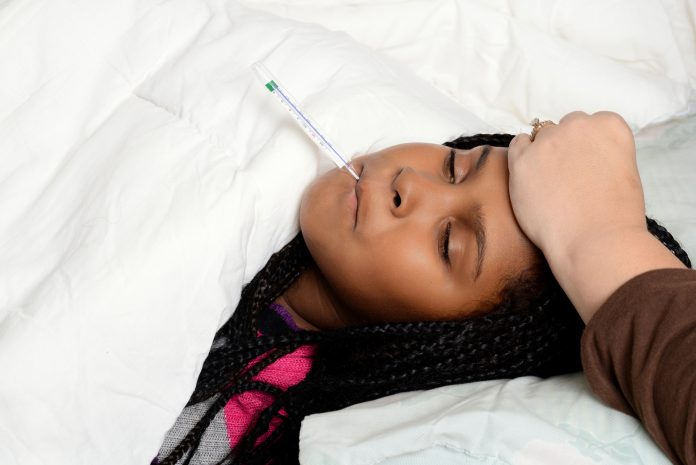Here, we look at five key monkeypox symptoms and discuss potential consequences of infection
While the COVID pandemic continues to be a global public health problem, other infectious diseases are evolving and emerging. Monkeypox symptoms are relatively similar to smallpox, is an illness that usually lasts for around two to four weeks.
According to scientists, climate change is largely responsible for zoonotic diseases – with the earth warming, it is more likely that animal diseases will be able to make the jump to infecting the human population. One study pinpoints 4,000 possible infectious disease outbreaks by 2070.
Monkeypox, spread by wild animals like rope squirrels and Gambian pouched rats, first begun in 1970 in the Democratic Republic of the Congo. Monkeypox is normally mild, causing a fever alongside a very distinctive, bumpy rash.
There are two main strains of monkeypox – the more severe Congo strain that kills 10% of infected people, and the less fatal West African strain, which kills 1% of people infected. Monkeypox can also lead to significant medical complications, like sepsis, encephalitis and loss of vision.

What are five key monkeypox symptoms to watch out for?
1. Fever
Fever is a key symptom of monkeypox, but also a common symptoms of colds, COVID and flu. The fever is one of the first symptoms to set in after infection.
2. Headache
Intense headaches are also a monkeypox symptom, happening in the early onset of the infection, at one to three days. Usually the headache happens before the rash arrives.
3. Muscle aches
Another similar symptom to COVID-19 infection, muscle aches are common for those suffering with monkeypox. Muscle aches can be signs of other infectious diseases, so further medical opinion is advised if this is the only symptom.
4. Rash
The rash is one of the most distinctive symptoms, appearing usually first on the face, then spreading to the rest of the body. The monkeypox rash appears one to five days after the first symptoms, which are more commonly fever and headache.
It can often be confused with chickenpox. The rash starts as raised spots, which turn into small blisters filled with fluid. These blisters eventually form scabs, which later fall off.
5. Swollen lymph nodes
This is what differentiates this infectious disease from smallpox, as one of the key symptoms of monkeypox. The lymph nodes, located the neck, armpit, chest, abdomen, and groin, contain immune cells which fight infection. The COVID-19 vaccine can have a similar swelling effect on lymph nodes.
Lymph nodes normally swell one to two days before the rash begins.











